History of Microsoft Windows And How It Became This Big
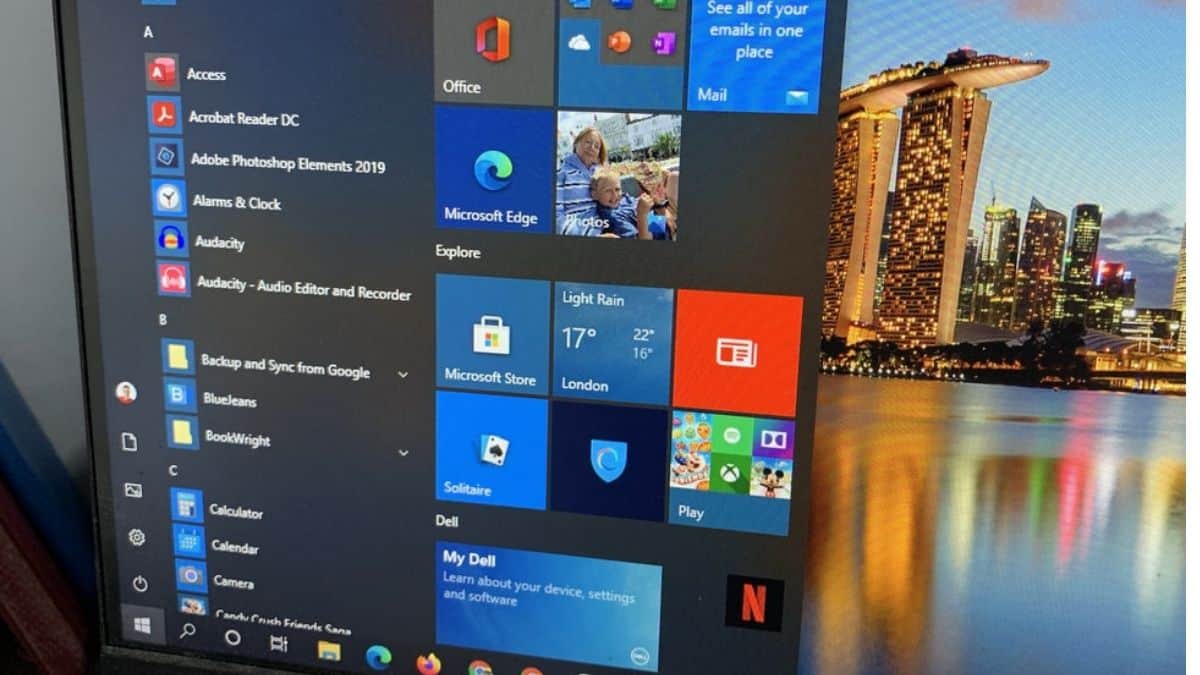
At the beginning of the journey, it wasn’t always known as Windows. Windows began in 1981 when Microsoft began developing a program called “Interface Manager.” Although “Windows” was promised in November 1983, Windows 1.0 was not delivered until November 1985. This is where Microsoft’s initiative began when the initial version of Windows was being developed. Windows has been a major player in the consumer and corporate Computer industry from its original launch in 1985 through its continuous constant evolution in 2022 and even beyond.
Let’s take a peek at how the Microsoft Windows has developed and evolved as we discover more about the future Windows editions:
Windows 1.0
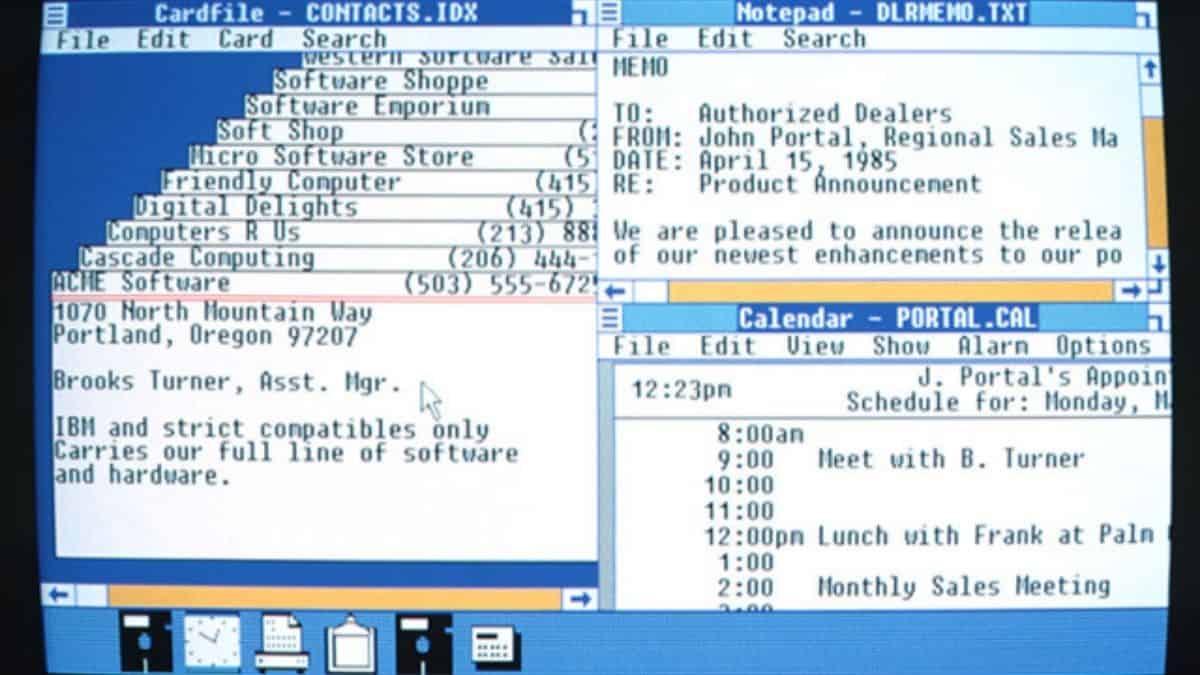
Release date: November 1985
Initially, Windows was nothing more than a DOS add-on operating system. Another moniker that was dropped was MS-DOS Executive, which more correctly characterized the user-friendly GUI element to computing. Before the Macs, Microsoft focused on desktop accessories for Apple computers, and much of the Windows look was licensed from Apple. Because there could be no overlapping windows, tiling was utilized to place them side by side instead, and there was no trash can like in the Apple OS.
Although the introduction of certain iconic features such as Calculator, Calendar, Cardfile, Clipboard Viewer, Clock, Control Panel, Notepad, Paint, Reversi, Terminal, and Word’s forerunner, Write, the system did not enjoy widespread adoption.
Windows 2.0
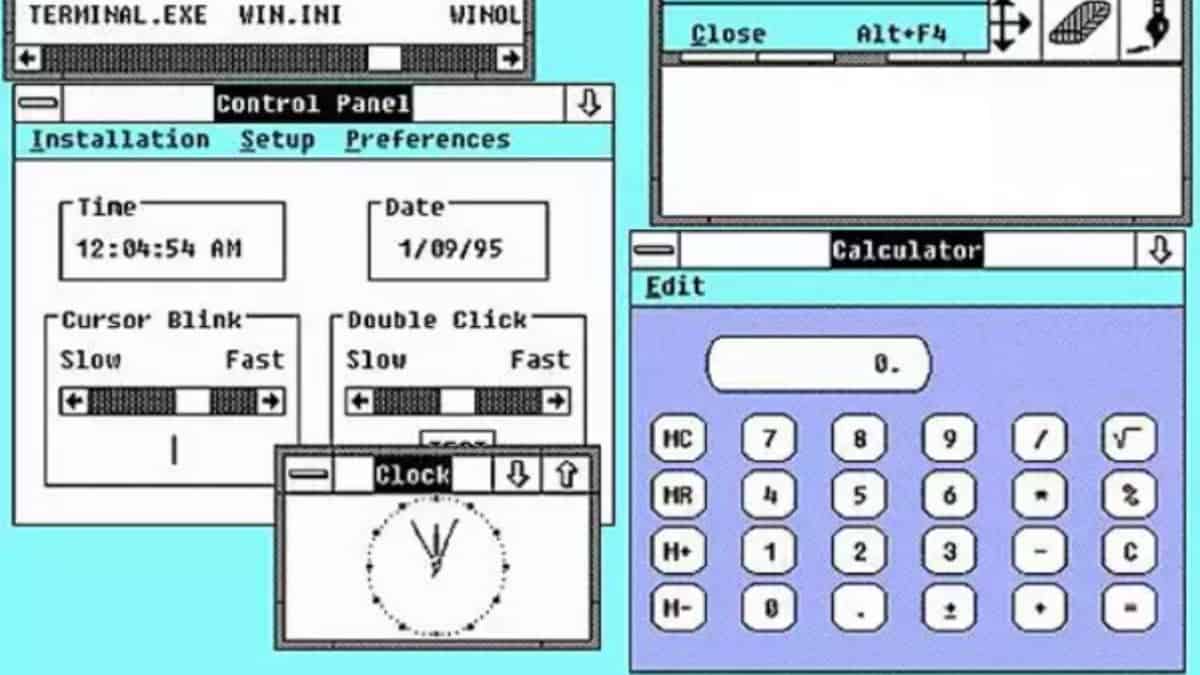
Release date: December 1987
After two years, the second installment focused primarily on memory management and the user interface, two of the most critical aspects of any operating system. Windows 2.0 made additional RAM available to programs, which was previously reserved for operating peripherals. It meant more multitasking capability, and the design began to resemble the actual thing, with Microsoft sneaking overlapping windows into the design.
New keyboard shortcuts and the now-famous Excel and Word apps were introduced with the system. The extremely popular desktop publishing software Aldus PageMaker which was eventually followed by Adobe InDesign, was introduced in a Windows variant, which gave the OS a tremendous boost.
Windows 3.0
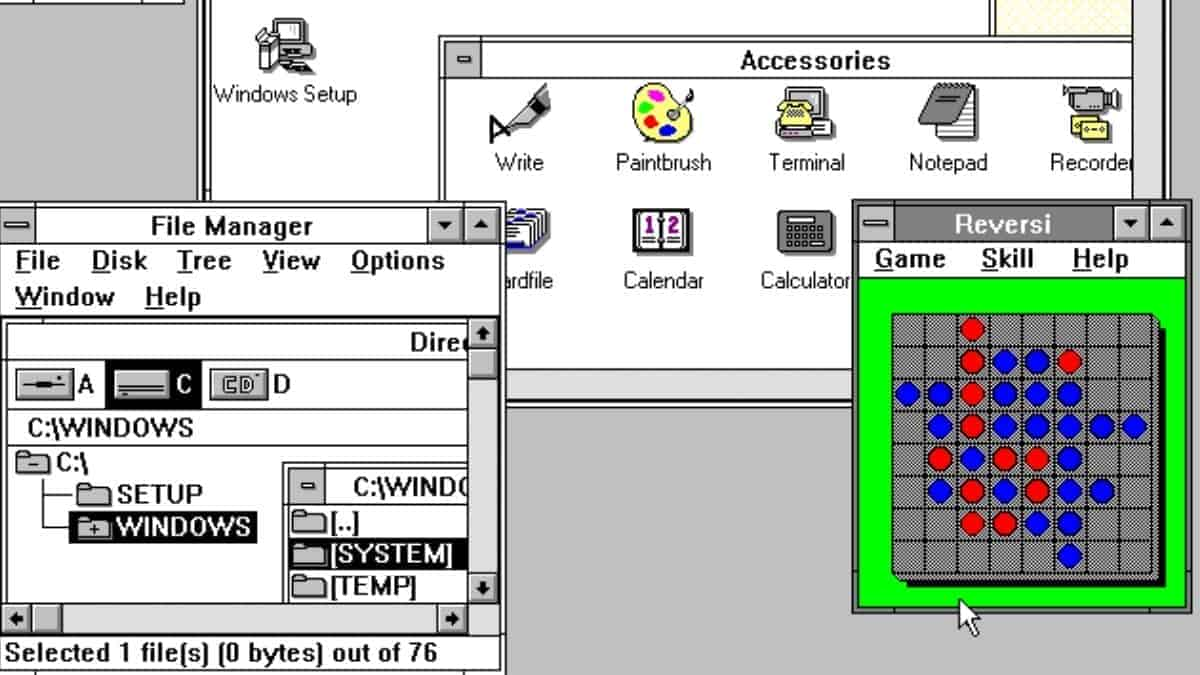
Release date: May 22, 1990
In a highly competitive sector, this was Microsoft’s first success. Critical operations had been rewritten in Assembly rather than C, making them lighter and faster, and the addition of virtual memory and VGA cards meant a more efficient, powerful, and graphically competent platform. Virtual memory was able to deceive applications into thinking they were using big blocks of address space when they were fragmented and spilled into the storage disk rather than being used in RAM.
It meant that Windows could run multiple apps at the same time. The system was also configurable, meaning that if you wanted to provide apps with the security of running in a single block, you could automatically assign specified space for that as well.
In its first six months, Windows 3.0 sold 2 million copies, growing to 10 million in the following 18 months. In response to IBM’s OS/2 2.0 operating system software, which was originally a joint effort with Microsoft, 3.1 was published. Bug fixes and multimedia support were included. By the time 3.11 was released, Microsoft had defeated IBM’s threat and switched to a 32-bit operating system.
Windows 95
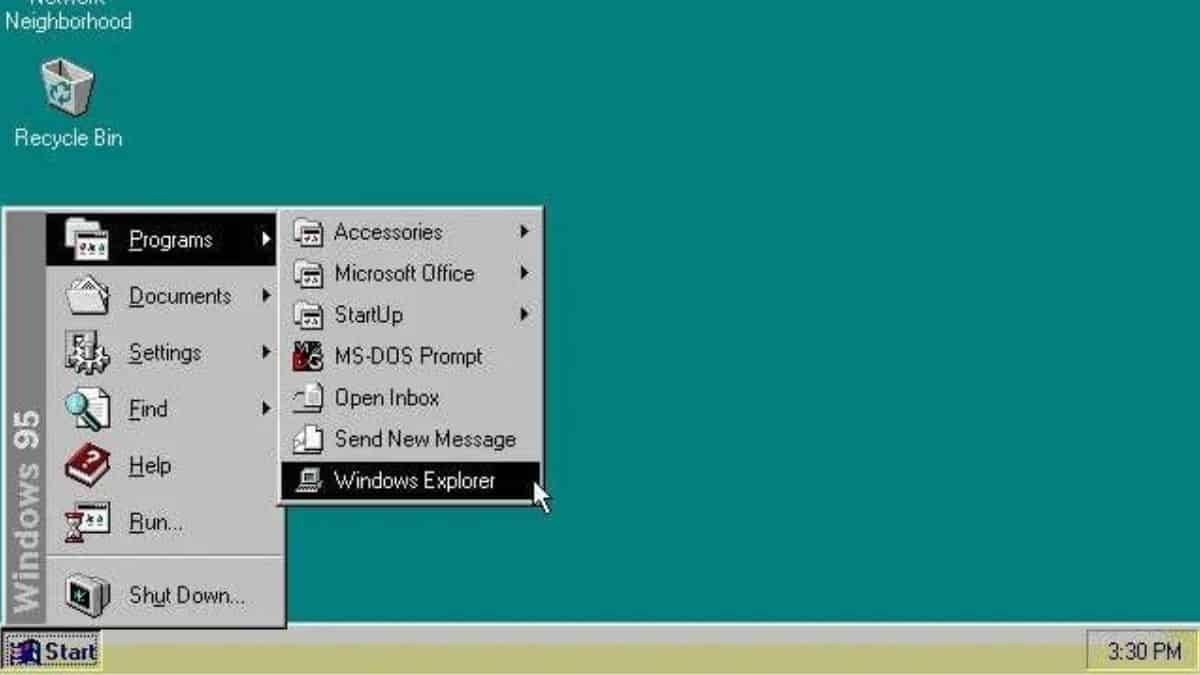
Release date: August 24, 1995
It was time for a substantial facelift ten years after the release of the first edition of Windows. Windows 95, codenamed Chicago at the time, saw a dramatic change in the user interface with the addition of the Start menu and taskbar, as well as considerable under-the-hood enhancements. It brought pre-emptive multitasking to the operating system, which ensured that each application received a fair share of the CPU while running. It’s feasible thanks to an interrupt system that can suspend running apps and prioritize their power resource demands.
Any 32-bit program now had its own address space, ensuring that a single defective program would not bring the entire system down. Windows had become much more stable as a result of these two improvements. Plug & Play, combined with a plethora of CD-ROMs that came with various kinds of peripheral hardware, was a terrific addition from the user’s perspective, making past driver hunts a lot less relevant. The technique allowed for the automatic detection and setup of devices on PCs with far less fuss than previously possible.
Windows 98
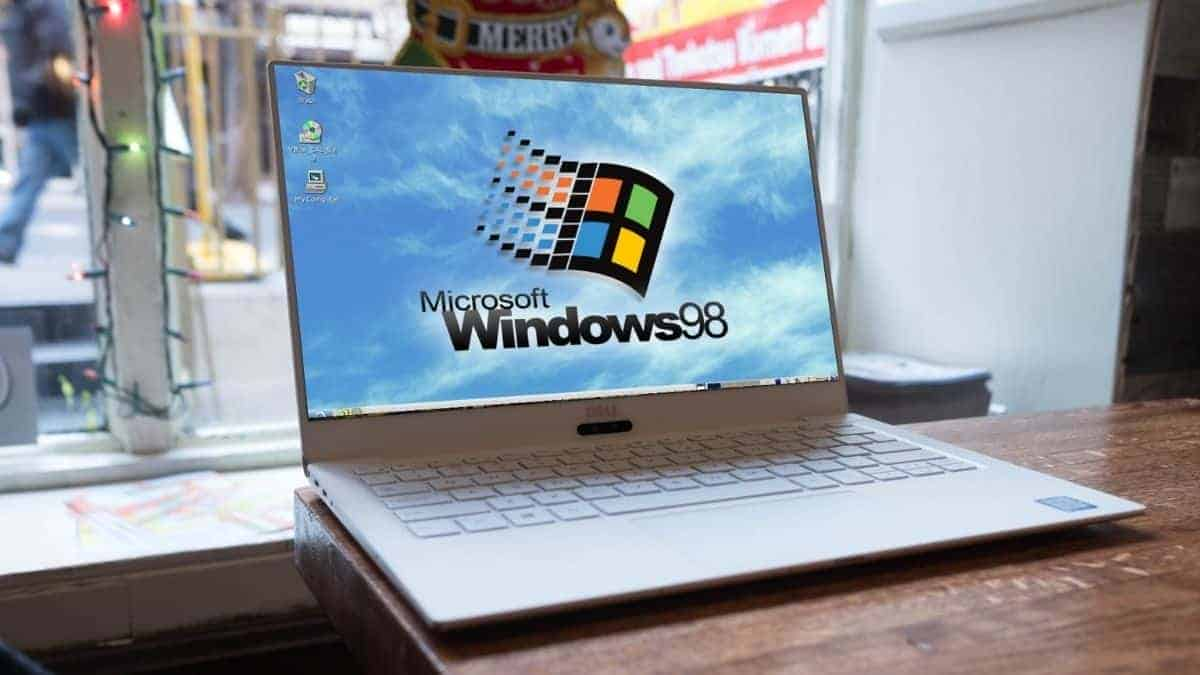
Release date: June 25, 1998
Having the improved support for the FAT-32 file system, new hardware drivers, and the ability to create disk partitions larger than 2GB, Windows 98 was widely panned for its slowness and instability when compared to its predecessor. The majority of the issues were fixed in the second edition (Windows 98 SE) a year later, however, there was more critical in the user interface due to Internet Explorer’s incorporation into the design and Windows Explorer. The Millennium Edition of Windows ME was never well welcomed and must be considered a failure. ME shared the same core as Windows 98 but included many of the capabilities of the most recent NT entrant, the widely used Windows 2000.
With the advent of Windows Movie Maker and Universal Plug and Play, it improved multimedia and internet capabilities, allowing for a considerably more fluid, automatic method of connecting network devices. It was the last version without the online Product Activation system and could no longer boot into DOS. ME was chastised for its instability, and it was frequently referred to by alternate acronyms such as Mistake Edition. Perhaps it’s one shining moment was the creation of System Restore, which is still in use today.
Windows XP

Release date: October 25, 2001
Although its controversial design, Windows XP, codenamed Whistler, was perhaps the best version of Windows ever. It brought Microsoft’s corporate and consumer Windows products together, making the consumer version more secure and stable. Windows XP Home Edition and Windows XP Professional are examples of the new method of one OS with multiple variations. It received a slew of new features with the massive Service Pack 2 upgrade, and it went on to become the longest-selling Windows operating system, selling from 2001 to 2007.
Windows Vista

Release date: January 30, 2007
Vista, on the other hand, was a flop in comparison to XP. It quickly rose to become one of Microsoft’s most divisive operating systems. The program (codenamed Longhorn) was first made available to businesses before being released to the general public in early 2007. With a brand-new user interface, it received some scathing criticism.
Vista featured a heavy focus on security, though User Account Control – the pop-ups you get when you install programs – upset customers. It also introduced the Windows Aero appearance with its more beautiful designs. However, UAC is still around today, but in a more relaxed form.
Windows 7
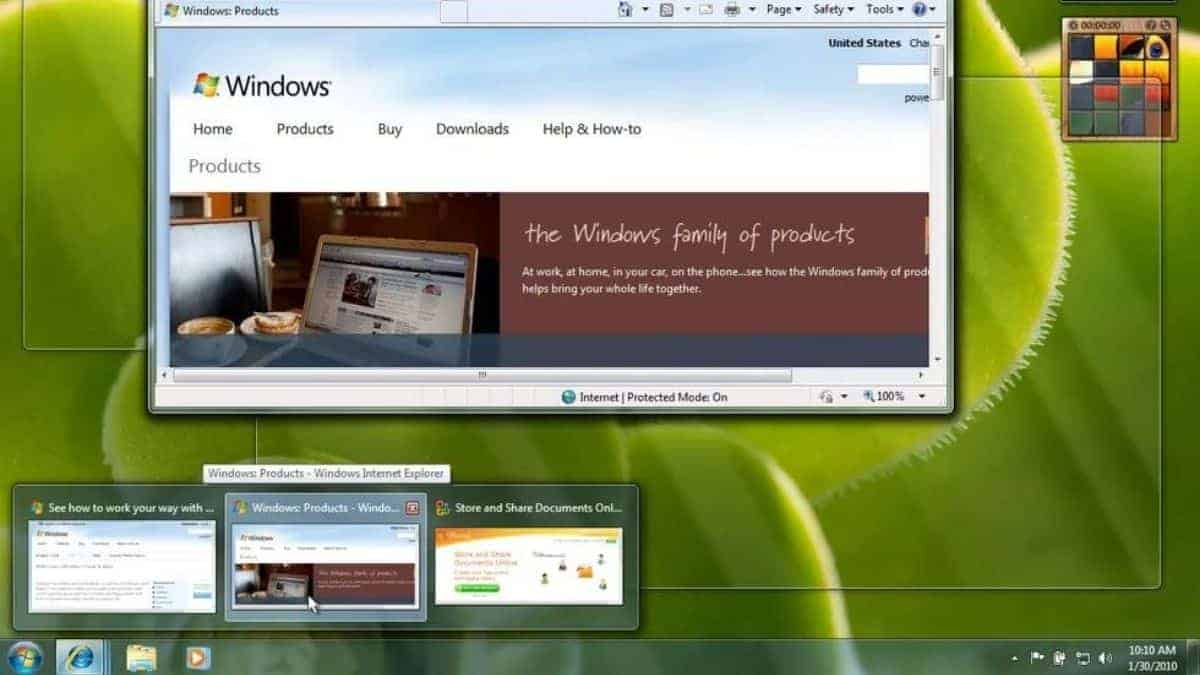
Release date: October 22, 2009
This was Microsoft’s eighth consumer operating system, substantially similar to Vista. However, with numerous refinements and technology, Win 7 had the capability of running it considerably more successfully. In both 32-bit and 64-bit versions, it was codenamed Blackcomb and Vienna. It offered a much faster boot time, greater power management choices for notebook users, and multi-touch support. It was so brilliant that it made Windows 8 difficult to use.
Windows 8
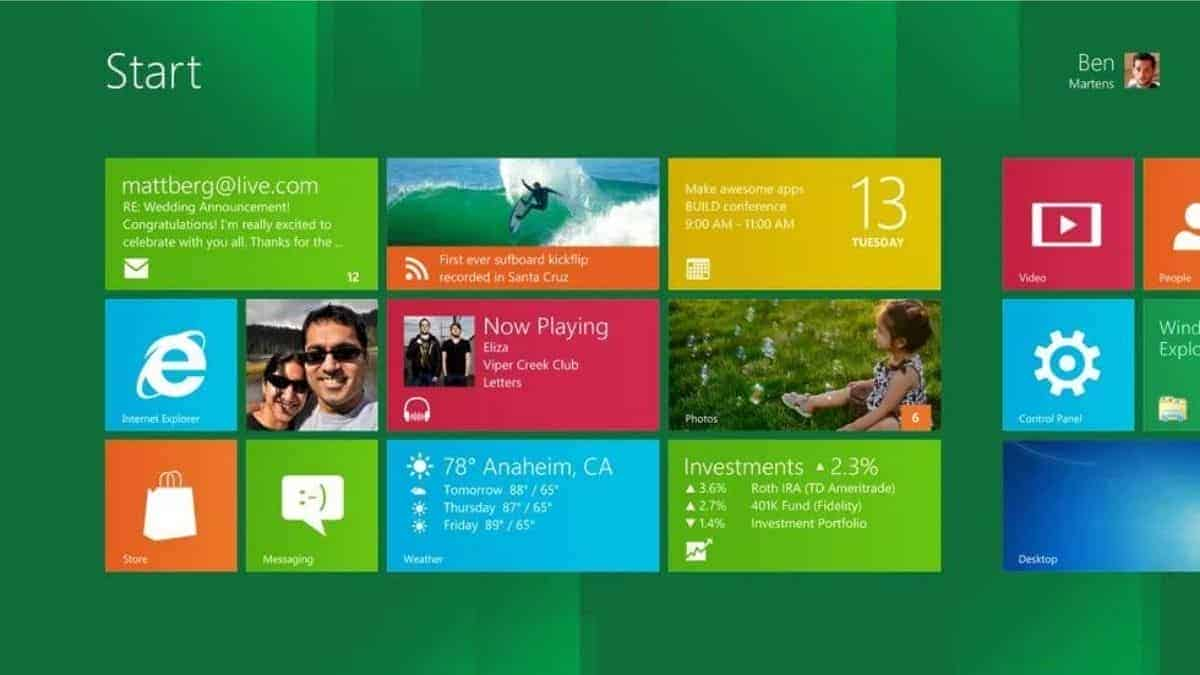
Release date: October 26, 2012
Windows 8 was released just a few years after Windows 7, and it featured a slew of new graphical and user-interface modifications. The issue was that it wasn’t very intuitive, and Microsoft failed to communicate the changes well. This new version was developed with a new user-interface approach with a focus on touch screen devices, which left many puzzled and frustrated. While touch is now common on PCs, it wasn’t always the case in 2012.
Apps were also a major deal in this OS, and Microsoft was eager to promote the Windows Store as a place to download and buy new software. Microsoft has had varying levels of success in this area.
Windows 8.1
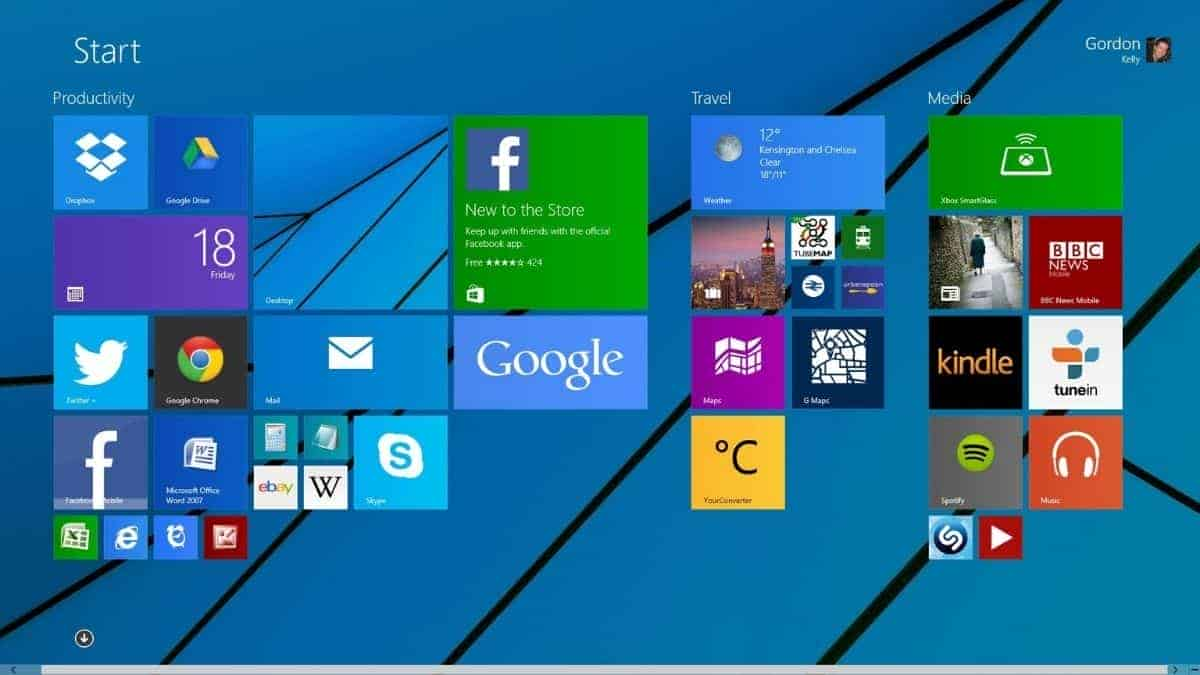
Release date: October 18, 2013
Microsoft released Windows 8.1 in late 2013 as a free upgrade for Windows 8 users, intending to address many of the issues that were being reported at the time. This included changes to the user interface, including the return of the original Start button. Other enhancements included app enhancements, modifications to the Start screen, and a range of usability and overall design improvements. It performed far better on traditional laptops and desktops than on Windows 8.
Windows 10

Release date: July 29, 2015
In the foggy days of 2015, Microsoft released Windows 10. This version of Windows was a free upgrade for all Windows 7, 8, and 8.1 customers at the time, making it an attractive option for practically everyone. The system requirements were nearly identical to those for Windows 7. Windows 10 effectively maintained the design while infusing it with a fresh, clean, and modern look. On tablets and mobile devices, support for both fingerprint and facial recognition login has surfaced, enabling considerably more user-friendly login experiences.
With Windows 10, Microsoft also modified the way the operating system received updates, to the point where fixes, drivers, and other items are now automatically downloaded and installed without the need for users to intervene.
Windows 11

Release Date: 5 October 2021
Windows 11 was released in October 2021, with some minor differences but many similarities to Windows 10. It was a free upgrade for Windows 10 users, and many people appreciated it. It had a few teething bugs, but they were minor, and it has a lot of useful improvements, such as enhanced window snapping, grouping, and more.

